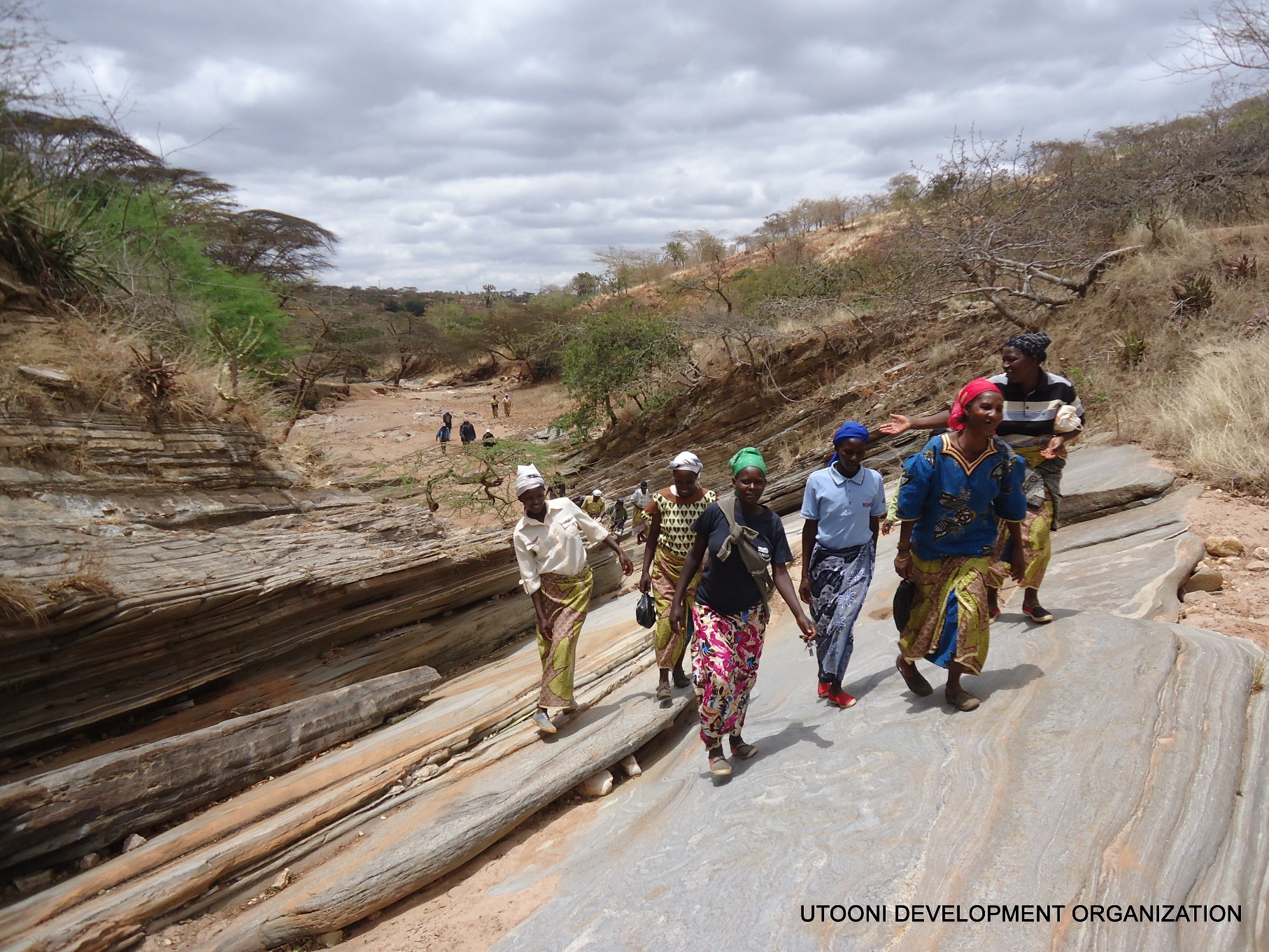The mechanism for the retribution of ecosystem services (MRSE) seeks to ensure the sustainability of the adaptation measures designed. To identify the contributors (who provide the ecosystem service) and retributors (users of the service who contribute resources), a rapid hydrological diagnosis was prepared, which also characterized the sub-basin and identified the priority ecosystem service and water demand. In order to reach agreements, both parties had to be made aware of the benefits and their responsibilities. The contributors are: the authorities, users of the Huancayo water and sanitation service provider (SEDAM Huancayo), individual farmers and organizations in the sub-basin, and the contributor is the Acopalca Community.
The MRSE steering committee was then formed with the participation of the institutions involved. Within this framework, an agreement was signed whereby the urban population (Huancayo) reimburses the Acopalca community for ecosystem conservation by creating a fund to develop sustainable ecosystem management projects. In addition, SEDAM Huancayo, in updating its Optimized Master Plan, incorporates the MRSE, including investment projects for recovery, conservation, and sustainable use.
